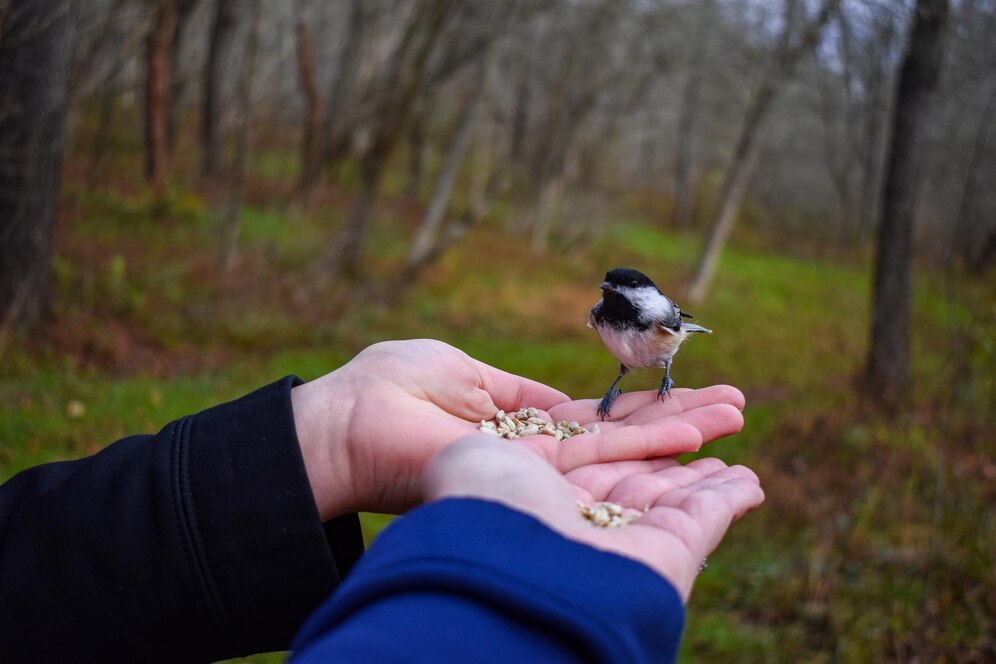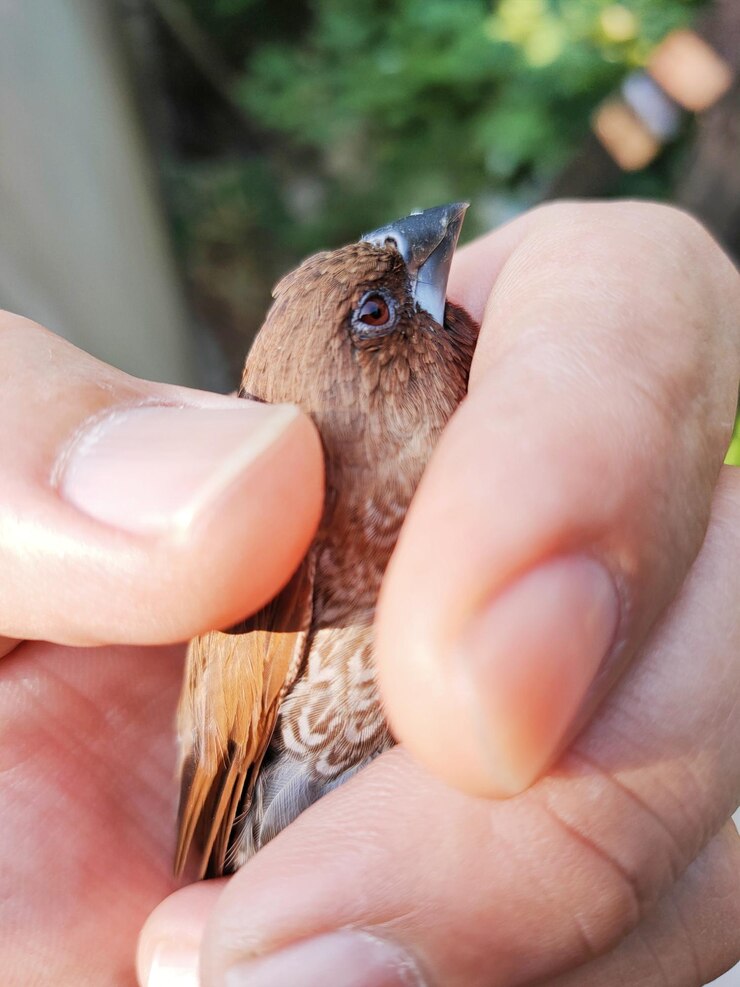Introduction
Finding a wild bird in distress can be an emotional and urgent experience. Whether the bird appears injured, stunned, or sick, your instinct might be to help it immediately. But is it safe to touch a wild bird in distress? This article explores the safety, legal, and ethical considerations surrounding human interaction with wild birds—and provides practical guidance on how to help without causing more harm.
Why Caution Is Essential
Before reaching out to touch a wild bird, it’s important to understand why caution matters. Birds are fragile, and handling them improperly can worsen their condition. Additionally, some species are protected by law, and there may be risks to your own health.
Risks to the Bird:
- Stress and Shock: Handling can cause the bird severe stress.
- Injury Aggravation: Touching or moving an injured bird may worsen fractures or wounds.
- Scent Transfer: Some believe human scent may attract predators (though mostly a myth for birds).
Risks to Humans:
- Zoonotic Diseases: Birds can carry mites, bacteria, or viruses.
- Bites and Scratches: Even small birds can peck or claw defensively.
- Legal Penalties: Handling certain protected birds without proper permits can result in fines.
When It Might Be Safe to Touch a Wild Bird

While you should avoid unnecessary contact, there are scenarios where gentle handling may be appropriate—if it’s the only way to prevent further harm or to safely transfer the bird to a rehabilitation center.
Situations Where You May Need to Touch the Bird:
| Scenario | Safe Action |
|---|---|
| The bird is in immediate danger (road, predator nearby) | Gently move it to a shaded, safe box or container |
| The bird has flown into a window and is stunned | Place it in a ventilated box, keep warm and quiet, monitor closely |
| The bird is entangled in netting or litter | Carefully free it if safe to do so, then contact wildlife rescue |
Always wash your hands before and after handling any wild bird.
How to Safely Handle a Wild Bird
If touching the bird is unavoidable, follow these steps to minimize stress and injury:
- Wear Gloves: Protect yourself and the bird.
- Use a Towel or Cloth: Gently cover the bird to restrict flapping.
- Secure the Bird in a Box: Use a well-ventilated cardboard box lined with a towel.
- Keep It Calm and Quiet: Place the box in a warm, dark area away from pets and noise.
- Do Not Feed or Give Water: Wait for expert guidance.
When Not to Intervene
Sometimes, what looks like a distressed bird doesn’t need help. Inappropriate handling in such cases can cause more harm than good.
Examples:
- Fledgling Birds: These young birds often leave the nest before they can fly well. Parents are usually nearby.
- Birds Resting After Flight: A bird sitting still might just be taking a break.
- Nesting Areas: Intervening near nests can disrupt the entire brood.
If you’re unsure, it’s best to observe from a distance or call a licensed wildlife rehabilitator.
Legal Considerations

Many wild birds are protected by national or international laws. In the U.S., for example, the Migratory Bird Treaty Act prohibits the handling, capturing, or keeping of wild birds without proper permits.
Important Notes:
- Never attempt to keep a wild bird as a pet.
- Do not transport birds across state or country borders without authorization.
Always contact local wildlife authorities before taking action.
Who to Contact for Help
If you find a wild bird in distress, your best option is to reach out to trained professionals:
- Licensed Wildlife Rehabilitators
- Local Animal Control or Conservation Agencies
- Wild Bird Rescue Centers
- Veterinary Clinics with Wildlife Experience
Keep their contact information accessible, especially if you live in an area with abundant wildlife.
Summary Table: Do’s and Don’ts
| Action | Do This | Avoid This |
|---|---|---|
| Initial Response | Observe calmly from a distance | Rushing in or grabbing the bird |
| Handling | Use gloves and a towel | Bare hands or squeezing the bird |
| Transport | Secure in a ventilated box | Letting the bird move freely in car |
| Feeding | Wait for expert advice | Giving food/water immediately |
| Contact | Call wildlife professionals | Posting for help on social media only |
Conclusion
So, is it safe to touch a wild bird in distress? The short answer is: only when absolutely necessary—and with extreme care. Your intentions may be noble, but uninformed action can do more harm than good. When in doubt, contact professionals and keep the bird calm until help arrives.
Respect for wildlife means knowing when to step in and when to let nature (and experts) take over. By staying informed and prepared, you can make a real difference—safely and compassionately.